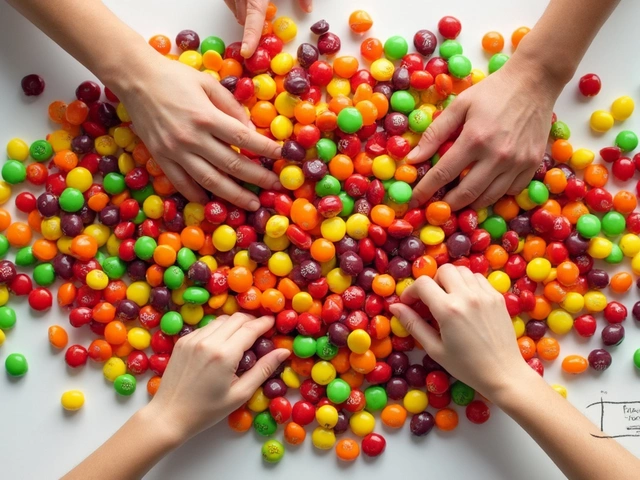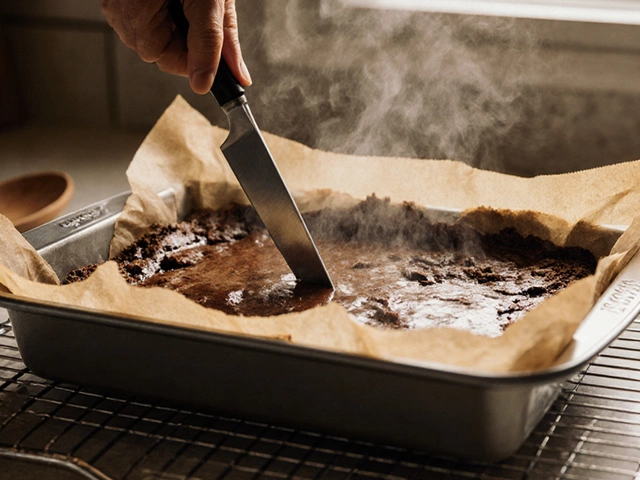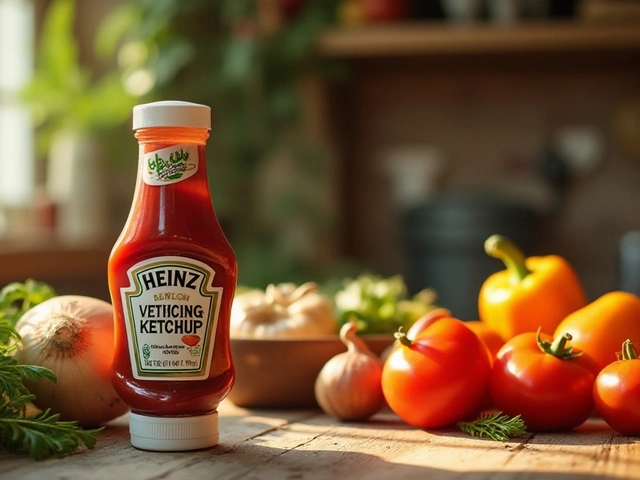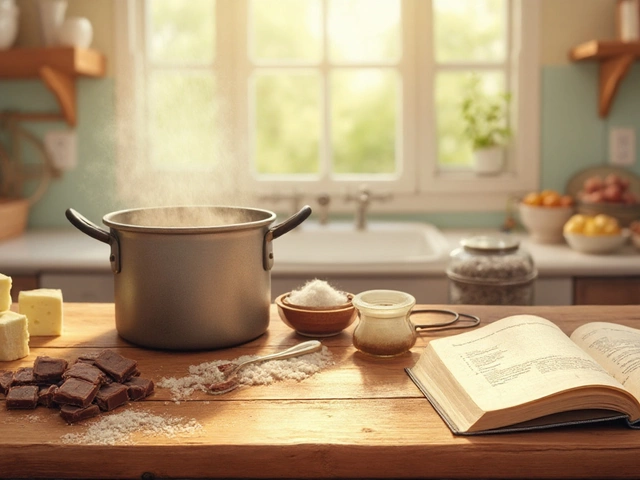Baked Goods: Your Go‑To Guide for Cakes, Cookies, Fudge & More
Ever wonder why some cakes rise like a dream while others slump flat? Or why your fudge sometimes turns grainy? You’re not alone. Below you’ll find straightforward advice that works in any kitchen, whether you’re a newbie or a seasoned baker.
Essential Baking Tips for Every Oven
First up, temperature matters. Most baked goods need a steady, moderate heat – usually between 325°F and 375°F. If your oven runs hot, use an oven thermometer and adjust the dial a few degrees down. Too cool and you’ll get a dense result; too hot and the outside will burn before the inside sets.
Second, measure accurately. A digital scale beats cups every time. Spoon flour into the cup, then level it off – packing it in gives you too much and a heavy cake. The same goes for sugar, cocoa, and even butter. Small differences add up.
Third, don’t skip the resting step. Let batter sit for 10‑15 minutes before pouring it into the pan. This lets the flour hydrate, giving you a smoother crumb. For cookies, chill the dough for at least half an hour; it prevents spreading and keeps edges chewy.
Quick Fixes for Common Baked Good Problems
Got a brownie that looks dry? It’s probably over‑baked. Next time, pull it out when a toothpick shows a few moist crumbs. If you’re dealing with a soggy bottom on a cheesecake, place a pan of water on the lower rack – the steam helps the crust set without cracking.
Fudge turning grainy is a classic mistake. It usually means you boiled it past the soft‑ball stage (around 235°F). Use a candy thermometer, and as soon as you hit the right range, remove the pot from heat and stir gently. The result will be smooth, not crunchy.
Gluten‑free cakes often sink because they lack the structure gluten provides. Add a little xanthan gum or use a blend of rice, almond, and oat flour to give the batter more body. And always bake them a few minutes longer at a slightly lower temperature to let the crumb set.
Lastly, remember that altitude changes cooking times. At higher elevations, liquids evaporate faster, so add a splash more water or milk and lower the oven temperature by 25°F. These tweaks keep your cookies from drying out and your cakes from cracking.
With these simple tips, you’ll see big improvements across the board – from fluffy cupcakes to chewy bars, from silky fudge to sturdy pies. Keep experimenting, trust your senses, and enjoy the tasty results.
Got a specific baked‑good dilemma? Drop a comment or browse our recipe list for step‑by‑step guides on everything from tiramisu to birthday cake alternatives. Happy baking!

Vegan-Friendly Desserts: Exploring Plant-Based Baked Goods
Many assume baked goods are off-limits for vegans, but with the right ingredients, anyone can enjoy plant-based desserts. Common ingredients like eggs and dairy can be substituted with plant-based alternatives, ensuring delicious and cruelty-free treats. This article delves into the world of vegan-friendly baking, providing tips and innovative ingredient ideas to inspire everyone. Discover how to transform traditional recipes into delightful vegan options. Even novice bakers can easily venture into the realm of vegan desserts.
View More




